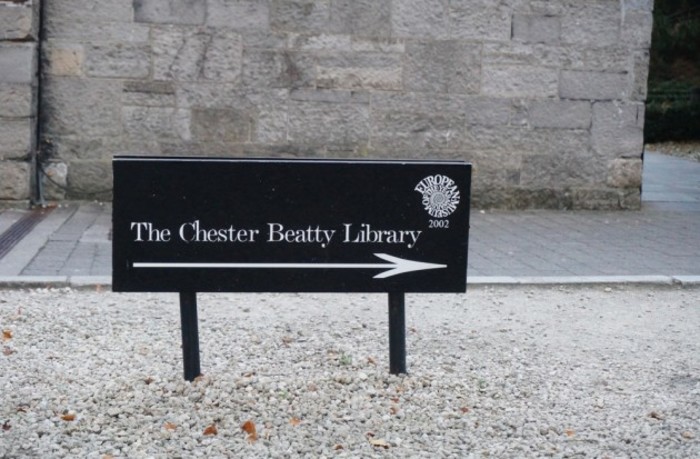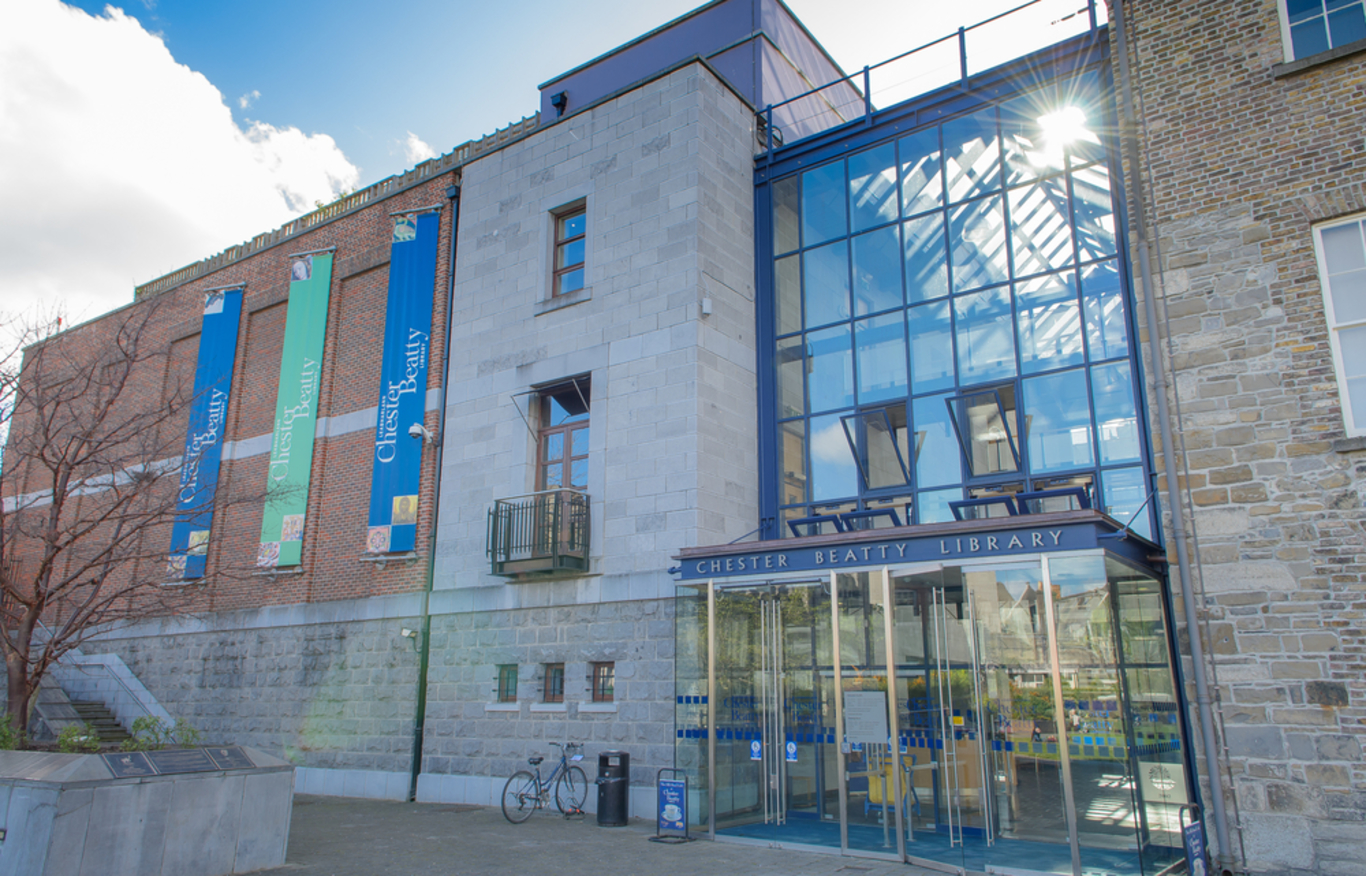One of Ireland's top attractions wants to use beacon tech to plan exhibits and find choke points
The Chester Beatty Library is in the middle of a number of digital-focused projects.
THE CHESTER BEATTY Library in Dublin has embarked on a large digital project that it hopes will help fine tune the layout of exhibits and improve flow through the museum.
The library houses rare manuscripts and artifacts from around Europe, Asia and Africa collected by American mining engineer and philanthropist Sir Alfred Chester Beatty.
The museum, based on the grounds of Dublin Castle, sees more than 335,000 visitors through its doors every year – making it one of the top 20 free-to-enter attractions in the country.
To bring the museum into the digital age, the library put out a public tender looking for help to develop a mobile app that would expand visitors’ experience using beacon technology.
Museums and other landmarks are using beacons, which are pieces of hardware that communicate with users’ phones, usually by Bluetooth, and relay information about exhibits, provide further details and imagery or translations for various languages.
Major attractions like the Guggenheim Museum in Spain and the Metropolitan Museum of Art in New York have rolled out similar features.
Chester Beatty Library head of digital Timothy Keefe said the “exploratory” project is one way of the museum keeping up with the digital age and enhancing the viewing experience.
“Someone who goes into the gallery and walks up to a display case or walks into a particular area of the gallery potentially can have additional information about what they’re looking at pushed into their phone,” he explained.
“There’s the possibility to tune content for age groups so if we have children they could actually have descriptions that are more in line with their age.”

Keefe added that push notifications could also direct visitors to the gift shop or the café or promote the museum’s membership program.
“The other side is around analytics and the ability to put beacons in various places within the museum spaces and the gallery spaces and passively monitor what people are doing in the museum.”
This will help the library’s managers track what displays and exhibits are attracting the most traffic, said Keefe.
“We also look at visitor flow through the space and see if there are any choke points. Are we laying out exhibits in a way that will allow people to flow comfortably through the spaces.”

Keefe said the app will be up and running in the next nine to 10 months, ahead of the museum’s planned relaunch of its website.
The library plans to spend up to €46,000 on the beacon tech project, according to the tender. It’s a relatively small amount since the museum relies on its public funding and additional funds generated by its gift shop, café and membership programmes.
“We’re a small organisation that doesn’t charge for entries so we’re hopeful that there will be a couple of firms who are really interested in challenging themselves in an interesting project with an organisation that has some really fantastic materials to work with,” said Keefe.
Digital future
The beacon tech project fits in with a much larger digitisation project being planned at the Chester Beatty Library.
It has kick-started a digitisation unit and imaging lab for scanning the museum’s wealth of manuscripts and documents to make them available online, according to Keefe.
“We’re currently working on the rare manuscripts that we have primarily, but we will be, over time, digitising the entirety of the museum collections and providing them to audiences all over the world online in a very open fashion, there won’t be any fee for it.”
The imaging equipment came in late last year so the project is still at its early stages.
“It’s a very, very long project,” Keefe said on a possible timeline for completion.
“Part of the issue is the nature of the materials we have. Much of the material is extremely rare, valuable and very delicate.
“We work hard to be efficient but the most important thing for us is the care and protection of the objects because they’re so important culturally,” he said. “It’s something quite new for us.”







